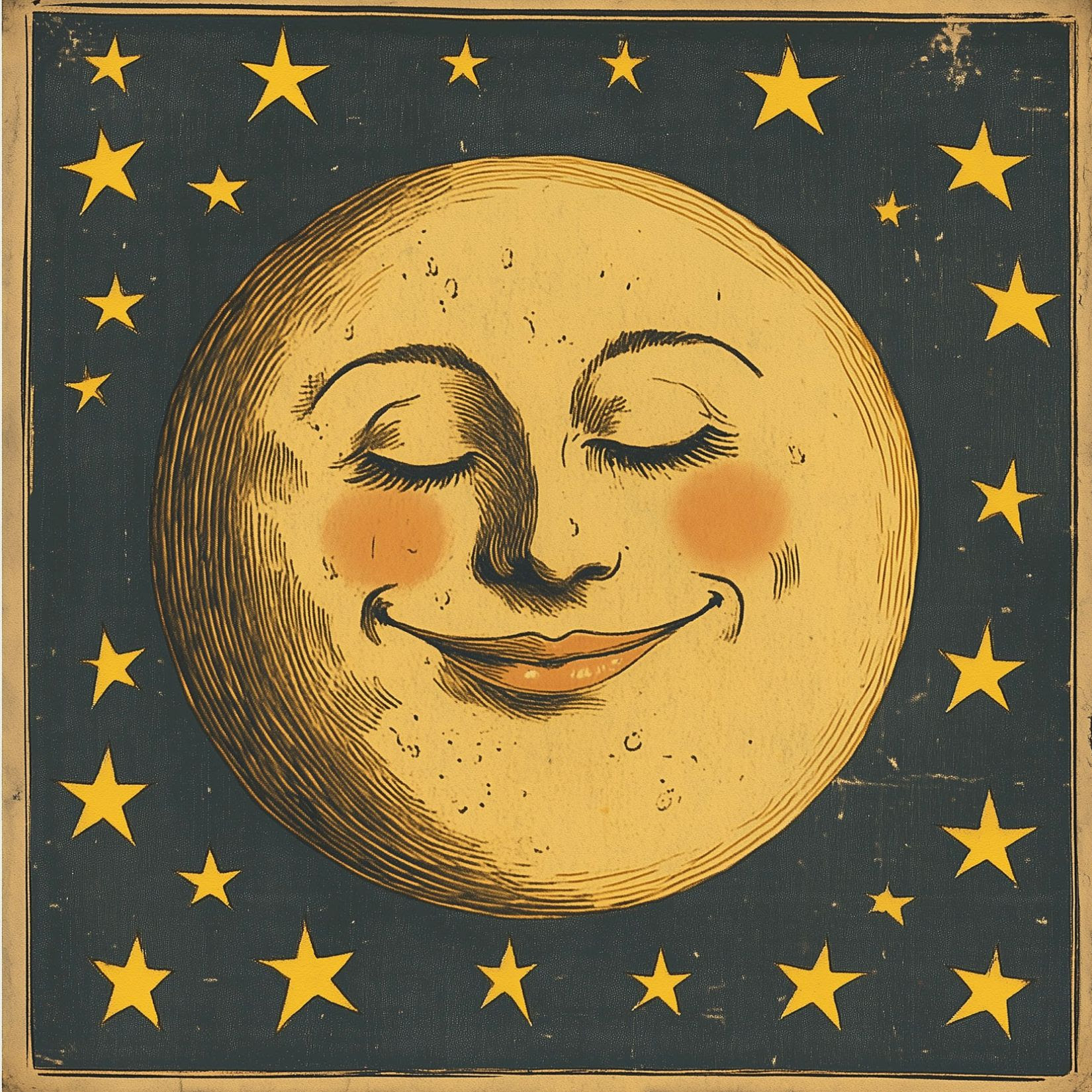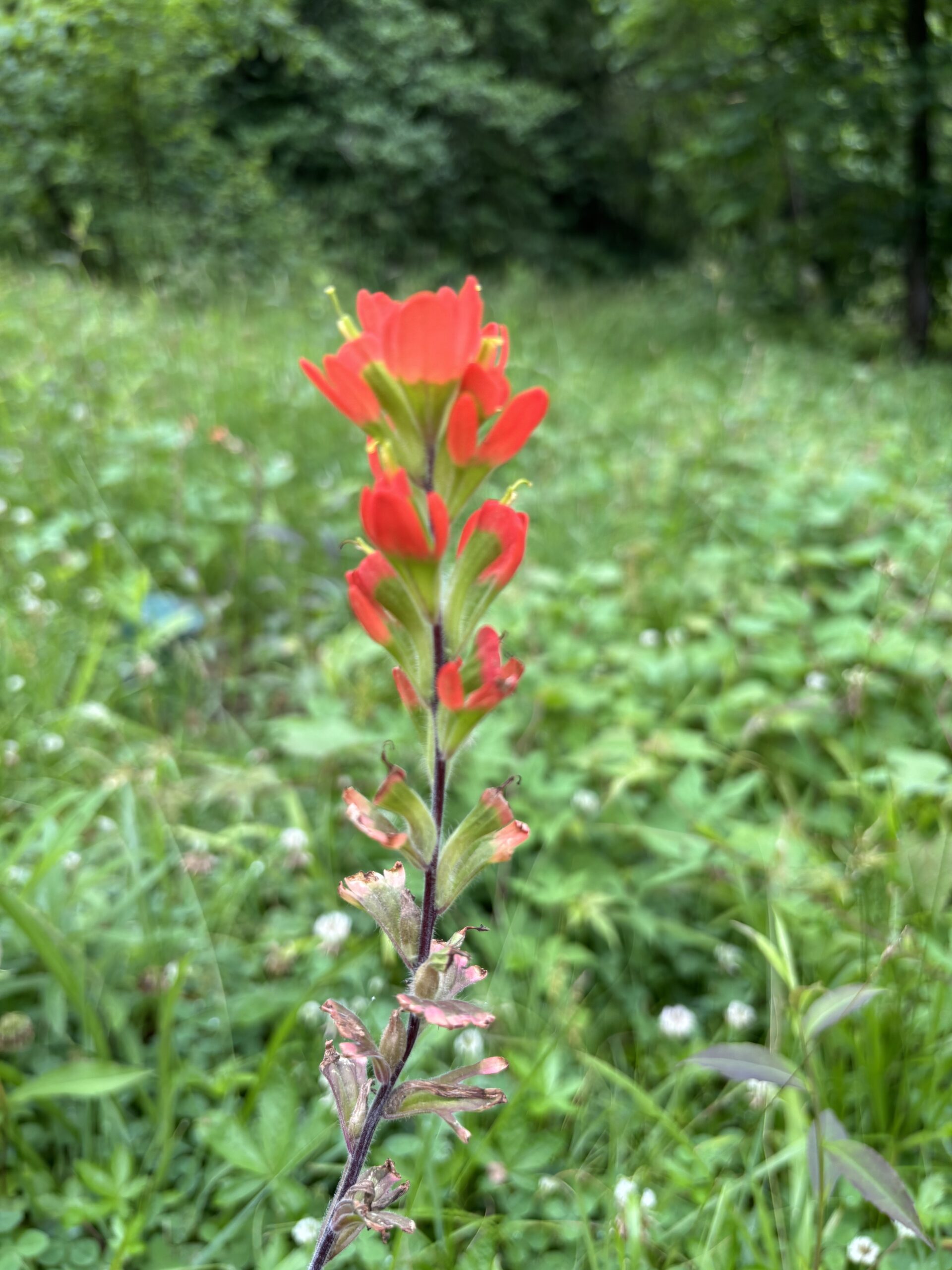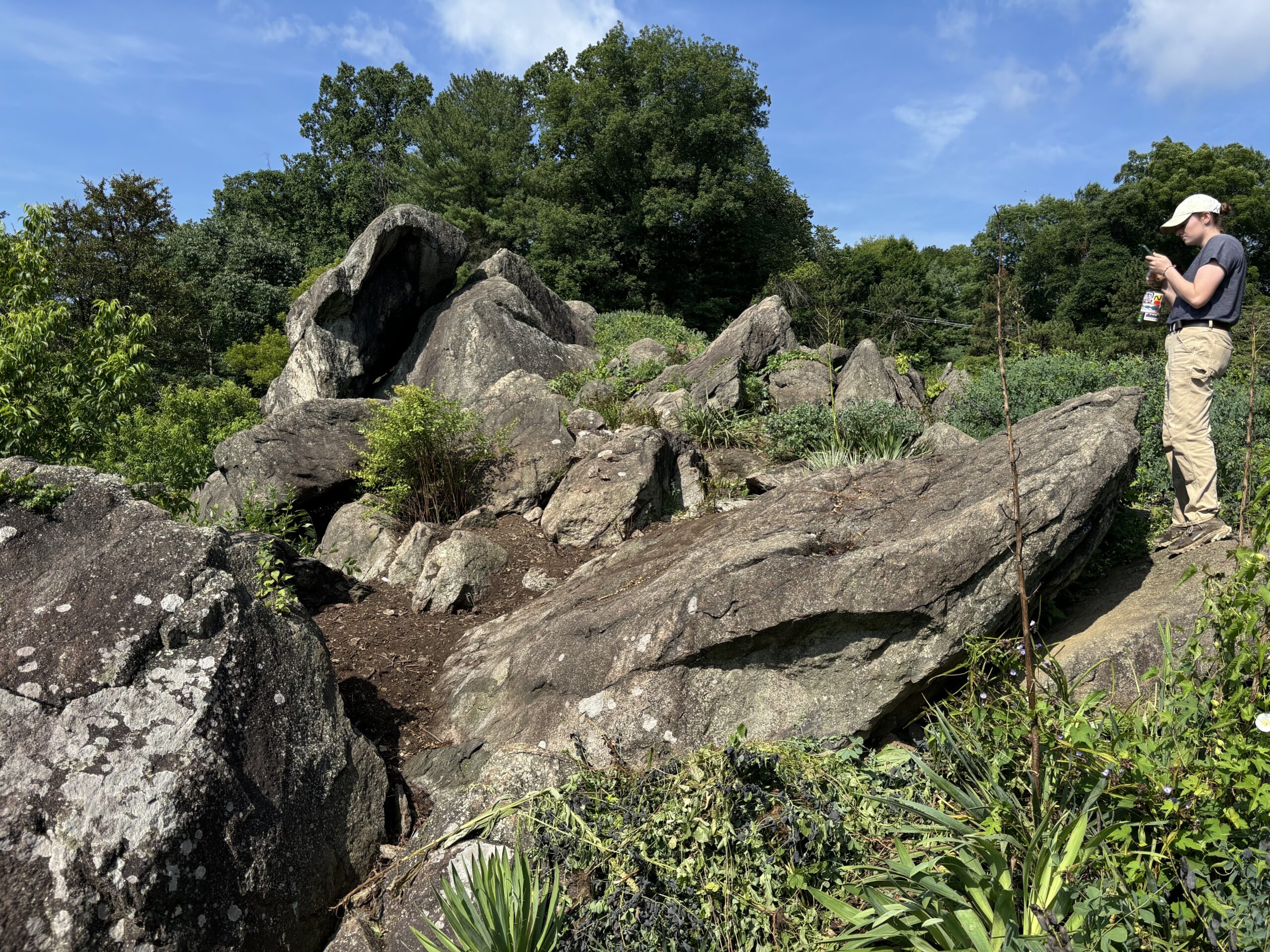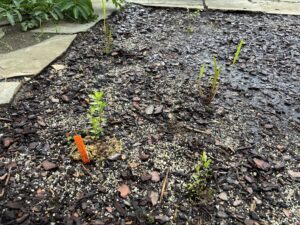
CANCELED: Late Bloomers Garden Walk
Saturday, August 2 10 am
Members, No Charge Guests, $20
The walk on Saturday, August 2 at 10 am has been cancelled. The gates will be closed that day. We apologize for any inconvenience this causes.

Sturgeon Supermoon Walk
Thursday, August 7 7 pm
Members, No Charge Guests, $20
Join Curator Henry Ortmeyer in the garden for a fun and informative walk by the light of August’s Sturgeon moon. In late summer Native American tribes made their most productive catches of this freshwater species, the oldest and largest in the Great Lakes.
To register, call us at (610) 525-2037 or email frederica@henrybotanicgarden.
Save the Date: Sunday, September 14 at 3 pm
“Making Stormwater Come Alive” with Lucy Dinsmore
Joint Lecture at Haverford College Free of Charge
Registration required at: https://www.eventbrite.com/e/
Sponsored by Haverford College Arboretum,Hardy Plant Society/Mid-Atlantic Group and the Henry Botanic Garden.
From The Curator:
Summer at the Henry Foundation has been quiet and productive.
With an abundance of rain, much of our time at the Henry Foundation is spent managing the numerous weeds that crop up among the sprawling collections and beds on the HF grounds. Around the house, volunteer Leo Sargen and summer intern Katherine Russell have helped manage landscaping, new garden bed installation, as well as a nursery propagating Henry Foundation plants and new acquisitions.
The Henry Foundation’s terrace now features a lined bog-garden bed that will feature Mid-Atlantic and southeastern species including Mary G. Henry’s named lily species Lilium iridollae. Seeds of the species collected and given by Longwood Gardens have germinated well and will ideally leaf out this fall.
In the collections, efforts are being made to replant species that have died in the garden. With the addition of a conservation grove of 13 USDA-collected Ashe’s Magnolias (Magnolia ashei), the Henry Foundation again has all the Magnolia species found in the US planted on its grounds. One Magnolia is planted in the spot that a predecessor, the PA state champion Ashe Magnolia, once stood. The others are planted in a new grove among Tulip Poplars as we expand our focus and collections into our surrounding woods.
Other efforts continue tending collections in our southern garden and rock gardens, encouraging site-native plants and collection volunteer seedlings to grow between historic plants.
Inside the house, Work continues for volunteer David Lauer as he continues helping 1-2 days per week digitizing and thoughtfully organizing Mary G. Henry’s correspondence, including those with prominent botanists of the 1900’s – Dr. Edgar T. Wherry, Dr. John K. Small of the Arnold Arboretum, and numerous others.
We look forward to showcasing late summer plant interest, and offering fun events through the fall. We also won’t mind the weeds slowing down soon.

Indian Paintbrush (Castilleja coccinea) planted at the Henry Foundation. Collected and seed grown by Penn State researchers from one of two populations in PA.

Immediately after removing much of an Alabama Snow-wreath (Neviusia alabamensis) gone wild in the rock garden. A tag found during the removal gave us a site to replant Penstemon pinifolius that day, grown from Hardy Plant Society seeds.

Our lined bog-garden, with a starter planting of Leatherleaf (Chamaedaphne calyculata), teaberry (Gaultheria procumbens), Cranberry (Vaccinium macrocarpon), Bog violets (Viola lanceolata), and Sphagnum (Sphagnum sp.), collected and seed grown (except the sphagnum) from Franklin Parker Preserve in Chatsworth, NJ.
